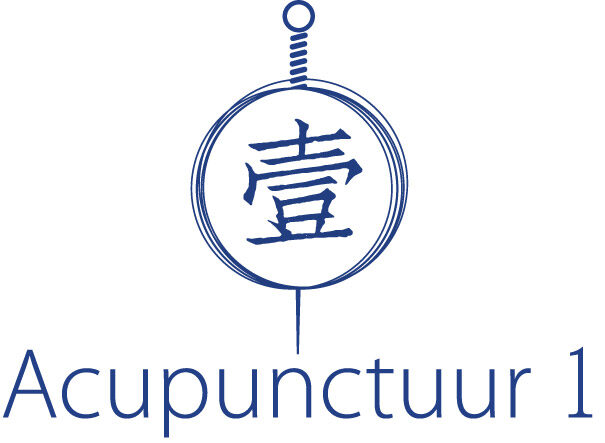Overweight
According to traditional Chinese medicine (TCM), overweight/obesity is a disease arising from indigestion, and its source is “phlegm-dampness,” or a metabolic “jam.” TCM therapy is a slow process of readjusting the human metabolism, and that it only works after taking medicine for two to three months. This is unacceptable to the many people that want a perceptible day-by-day weight loss. Maintaining a healthy regime of diet and exercise is the best way to maintain weight loss. Once such habits are formed, the resulting benefits are life long, i.e., meals with a 2:1 vegetable/meat ratio, drinking tea instead of carbonated soft drinks, and eating small, frequent meals. Here is a simple, easy “eating air” weight-reducing method: Ten minutes before a meal, take a dozen or so deep breaths from the diaphragm to diminish the appetite. Perseverance is essential in the pursuit of this particular method, and that perseverance is indeed at the root of successful and sustained weight loss.
Types of Overweight from a TCM Perspective
Syndrome identification is the premise and foundation of TCM treatment. Most often, TCM classifies overweight and obesity into four types:
- Excessive Internal Phlegm and Dampness
- Stagnation of Qi (vital energy) and Blood
- Yang Deficiency of Spleen and Kidney
- Liver Qi Stagnation
1. Excessive Internal Phlegm and Dampness
Phlegm is an important concept in TCM, indicating not only mucus from cough or nose discharge, but also stagnant body fluid. The spleen is said to be at the root of all phlegm production. When the spleen becomes damaged, such as eating too many sweet foods and getting too little exercise, it will fail in its duty to move and transform waste fluids and foods. Instead these metabolic wastes will gather, collect and transform into evil dampness. If dampness evils endure, over time they will congeal into phlegm, and become fat tissue. The excessive internal phlegm manifests itself as excess weight, accompanied by tiredness, body heaviness, chest and or stomach distension, and in some cases poor appetite. The tongue has a slimy covering of a coating, while there is a rolling, taut pulse. This type of obesity is generally due to an eating disorder, or secondarily by some other illness. Treatment revolves around sweeping away phlegm and removing stagnation. Once the phlegm is swept away, the qi (vital energy) can move smoothly and easily. This promotes the movement of phlegm and reduction of fat with the ultimate result of decreasing obesity.
2. Stagnation of Qi (vital energy) and Blood
Patients exhibiting this condition may suffer from irritability or low motivation, chest or breast fullness, insomnia, a dreamy state, menstrual disorder or amenorrhea (absence of menstruation), and infertility. Some patients may complain of headaches. There may be dizziness and numbness of the four extremities; and the tongue is dark red with a white thin coating or a thin and greasy coating. The pulse is thready and rolling. This is because the movement of blood is not smooth or easily flowing. Stasis obstructs the vessels and inhibits the qi (vital energy) mechanism. Therefore, fat and dampness collect and accumulate within the vessels, making the blood more viscous. If this continues over time, obesity and arteriosclerosis (thickening and hardening of the arteries) will result. The principle treatment is to speed up the blood flow and remove stagnation.
3. Yang Deficiency of Spleen and Kidney
The third type is yang deficiency of spleen and kidney. People in this category often feel exhausted or fatigued. They may experience lower back and knee weakness, shortness of breath, impotence or low libido. The pulse is deep and fine, the tongue is pale and without any coating. Genetic factors can play a part in this condition. It may also be the result of other illnesses, stress or an unhealthy lifestyle. The spleen-yang’s role in digestion can be likened to a process of fermentation and distillation in cooking. However, it’s controlling force, the kidney-yang, is the root of all the physiological activities in the body. The two interact: spleen-yang deficiency may lead to kidney-yang deficiency and kidney-yang deficiency may lead to spleen-yang deficiency. Whatever the case, if the kidney becomes deficient, the spleen will be unable to effectively produce nutrient essence for the body’s needs. In the case of yang deficiency of spleen and kidney, there is not enough qi (vital energy) to transform or melt the phlegm. Treatment involves fortifying the spleen and rectifying the kidney deficiency.
4. Liver Qi Stagnation
Liver stagnation caused by prolonged strong emotions or depression leads to disharmony between the spleen and the liver and gives rise to fluid retention. Due to the liver being depressed, the gall bladder is also depressed and exhausted; the ebb and flow of these organs become unbalanced, and the qi (vital energy) mechanism does not flow freely. Hence fat turbidity is difficult to be transformed and over time it leads to obesity. The tongue has a white and greasy coating. The pulse is rolling or wiry. People in this category tend to have excessive fatty material deposited in the abdomen. The physique is bloated and individuals feel drained of energy. Individuals may also experience excess sputum secretion, dizziness, vertigo, retching, a dry mouth, lack of desire for food or drink and discomfort in chest and abdomen. Treatment involves improving liver functioning, unblocking the gallbladder and moving stagnation.
